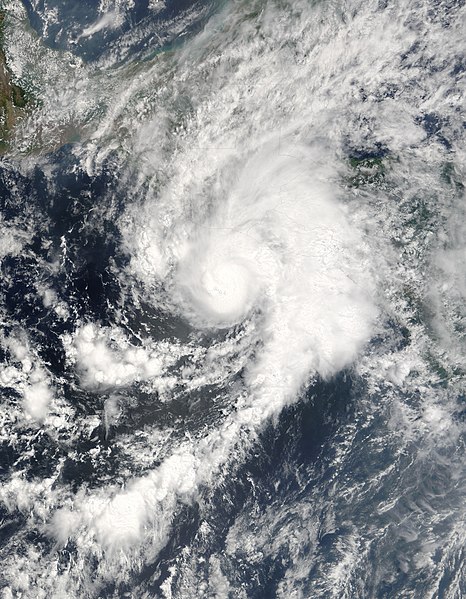Datei:Hurricane Adrian May 19 915.jpg
Zur Navigation springen
Zur Suche springen

Größe dieser Vorschau: 466 × 599 Pixel. Weitere Auflösungen: 187 × 240 Pixel | 373 × 480 Pixel | 597 × 768 Pixel | 796 × 1.024 Pixel | 1.593 × 2.048 Pixel | 5.600 × 7.200 Pixel
Originaldatei (5.600 × 7.200 Pixel, Dateigröße: 6,87 MB, MIME-Typ: image/jpeg)
Dateiversionen
Klicke auf einen Zeitpunkt, um diese Version zu laden.
| Version vom | Vorschaubild | Maße | Benutzer | Kommentar | |
|---|---|---|---|---|---|
| aktuell | 04:06, 2. Jan. 2010 |  | 5.600 × 7.200 (6,87 MB) | Juliancolton | Reverted to version as of 22:45, 14 July 2006 |
| 01:26, 1. Jan. 2010 |  | 5.600 × 7.200 (6,45 MB) | Supportstorm | Image Adjustment: Auto levels on contrast and color | |
| 00:45, 15. Jul. 2006 |  | 5.600 × 7.200 (6,87 MB) | Good kitty | ||
| 17:39, 11. Jul. 2006 |  | 700 × 900 (222 KB) | Icelandic Hurricane | ||
| 20:14, 19. Mai 2005 |  | 800 × 600 (98 KB) | NGerda~commonswiki | Hurricane Adrian on May 19, 2005 at 9:15 am local time (17:15 UTC). {{PD-USGov-NASA}} |
Dateiverwendung
Die folgenden 2 Seiten verwenden diese Datei:
Globale Dateiverwendung
Die nachfolgenden anderen Wikis verwenden diese Datei:
- Verwendung auf en.wikipedia.org
- Verwendung auf es.wikipedia.org
- Verwendung auf mk.wikipedia.org
- Verwendung auf pt.wikipedia.org
- Verwendung auf ru.wikipedia.org
- Verwendung auf www.wikidata.org
- Verwendung auf zh.wikipedia.org

